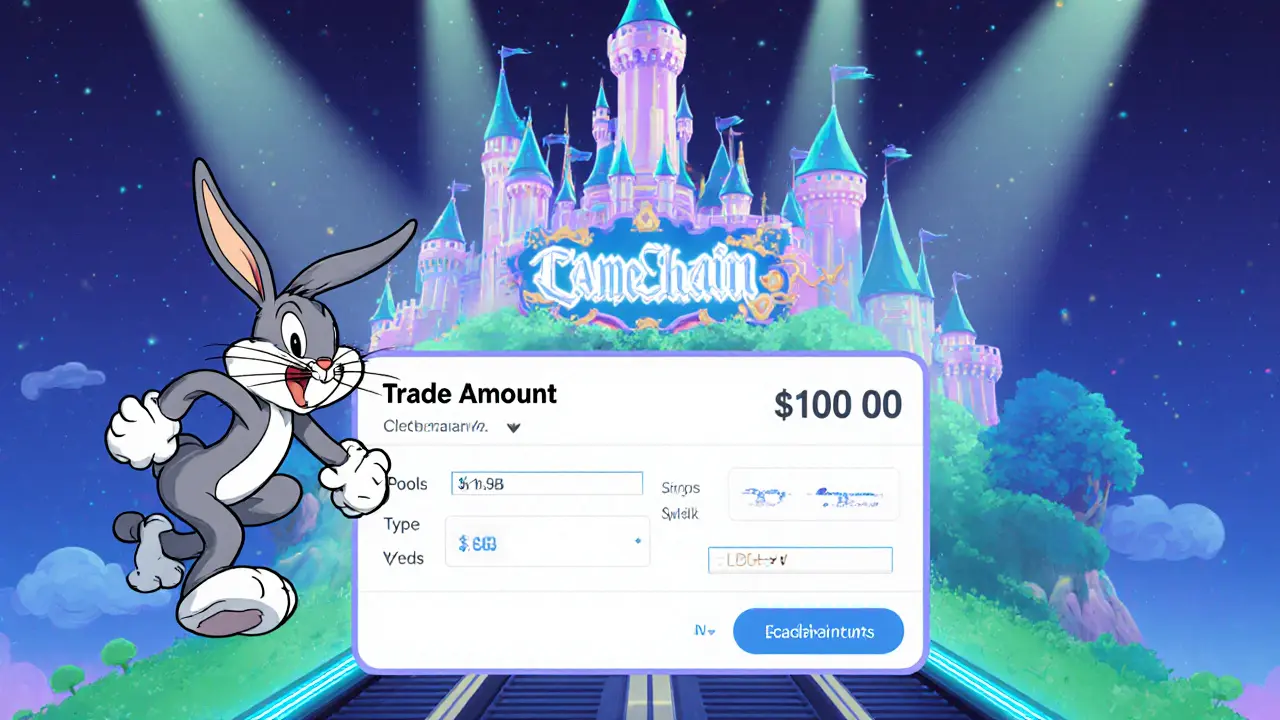DEX Fees: What They Are and Why They Matter
When working with DEX fees, the charges you pay each time you trade on a decentralized exchange, covering network gas, protocol swap, and liquidity provider costs. Also known as exchange fees, it directly influences profitability for traders of any size.
At the core, a decentralized exchange, or DEX, lets you swap tokens without a central order book. DEX fees are the price of that freedom. They are made up of three main pieces: the swap fee, the liquidity provider fee, and the gas fee. The swap fee is the protocol’s cut for facilitating the trade, the liquidity provider fee rewards those who lock assets into pools, and the gas fee covers the underlying blockchain’s transaction cost.
Key components of DEX fees
Understanding each component helps you predict the total cost of a trade. A swap fee usually ranges from 0.05% to 0.3% depending on the platform – Camelot DEX, PancakeSwap on Base, or DeDust all set their own rates. Liquidity provider fees are often a fraction of the swap fee, but they can spike when pools become shallow. Gas fees, on the other hand, are driven by network congestion: a busy Ethereum block can push gas from a few dollars to double‑digit amounts, while Layer‑2 solutions like Arbitrum keep them low.
These three pieces form a semantic triple: DEX fees encompass swap fees, DEX fees require gas fees, and liquidity provider fees influence overall DEX fees. When any one of them jumps, the total cost you see on the UI rises. That’s why traders compare not just the headline fee but also the underlying gas prices and pool depth before committing capital.
Practical tips to shrink your bill start with route optimization. Many wallets and aggregators automatically split a large order across multiple DEXs to capture the lowest combined cost. Checking the gas price in real time, using a Layer‑2 bridge, or timing your trade during off‑peak hours can shave off a big chunk of the expense. Also, staking the native token of a DEX (like GRAIL on Camelot) often grants fee discounts, turning a regular user into a cost‑effective trader.
The articles below dive into specific platforms, compare their fee structures, and walk you through real‑world calculations. Whether you’re eyeing a cheap swap on PancakeSwap v2 on Base or weighing the extra tokenomics of Saros Finance, this collection gives you the data you need to stay ahead of the fee curve.

